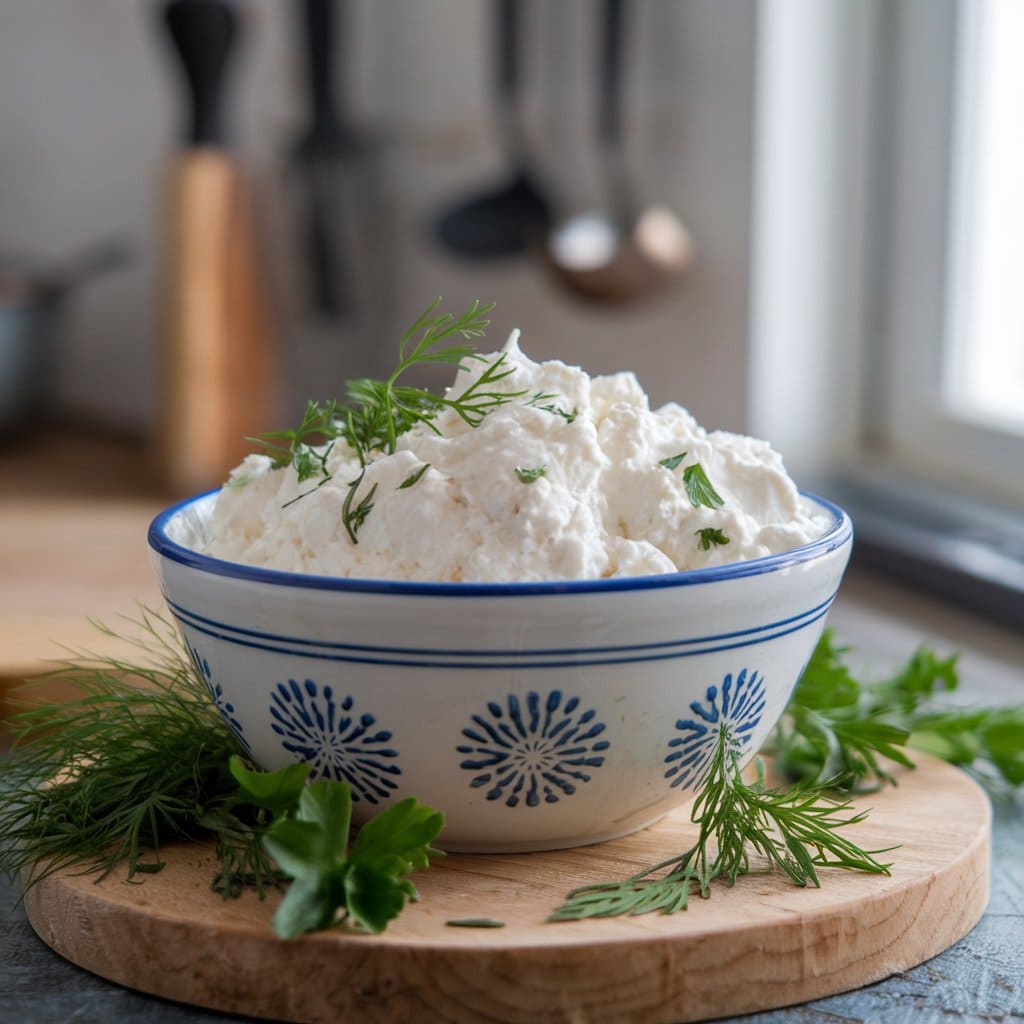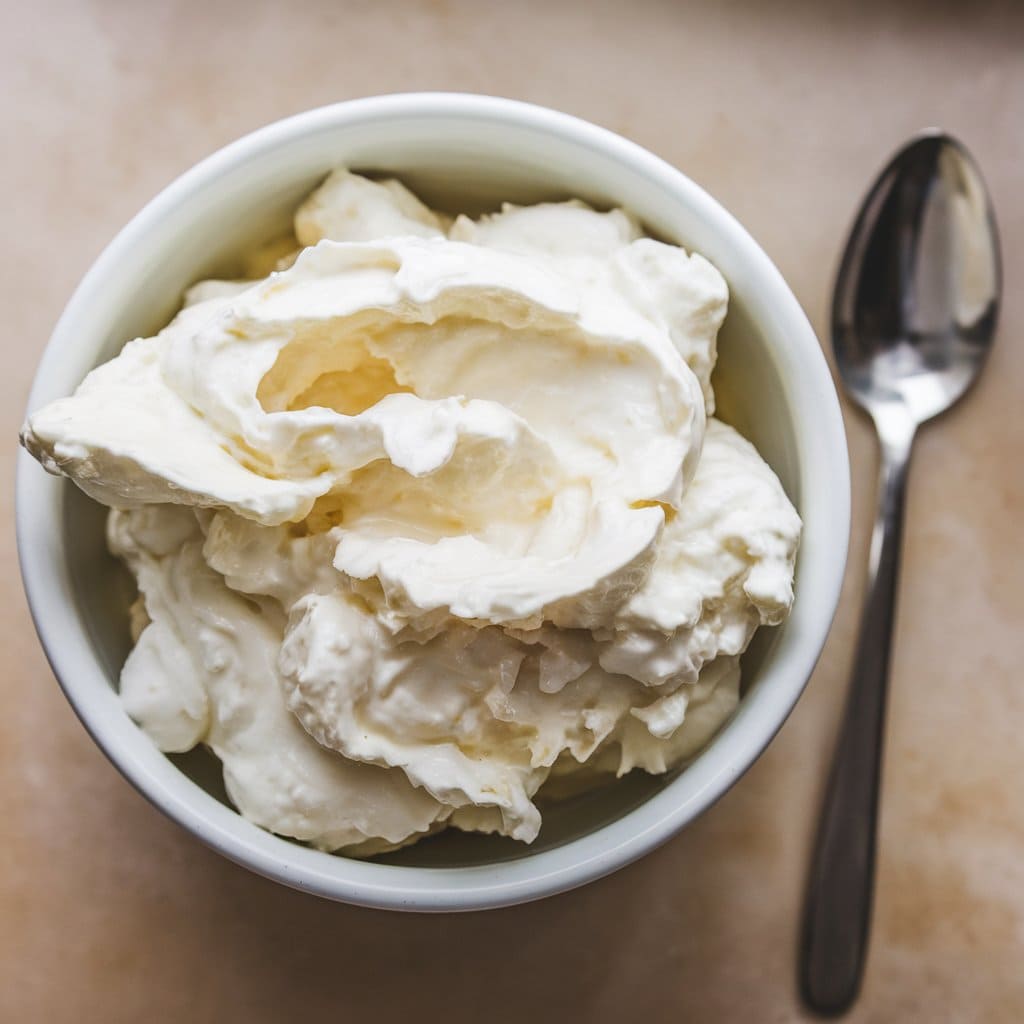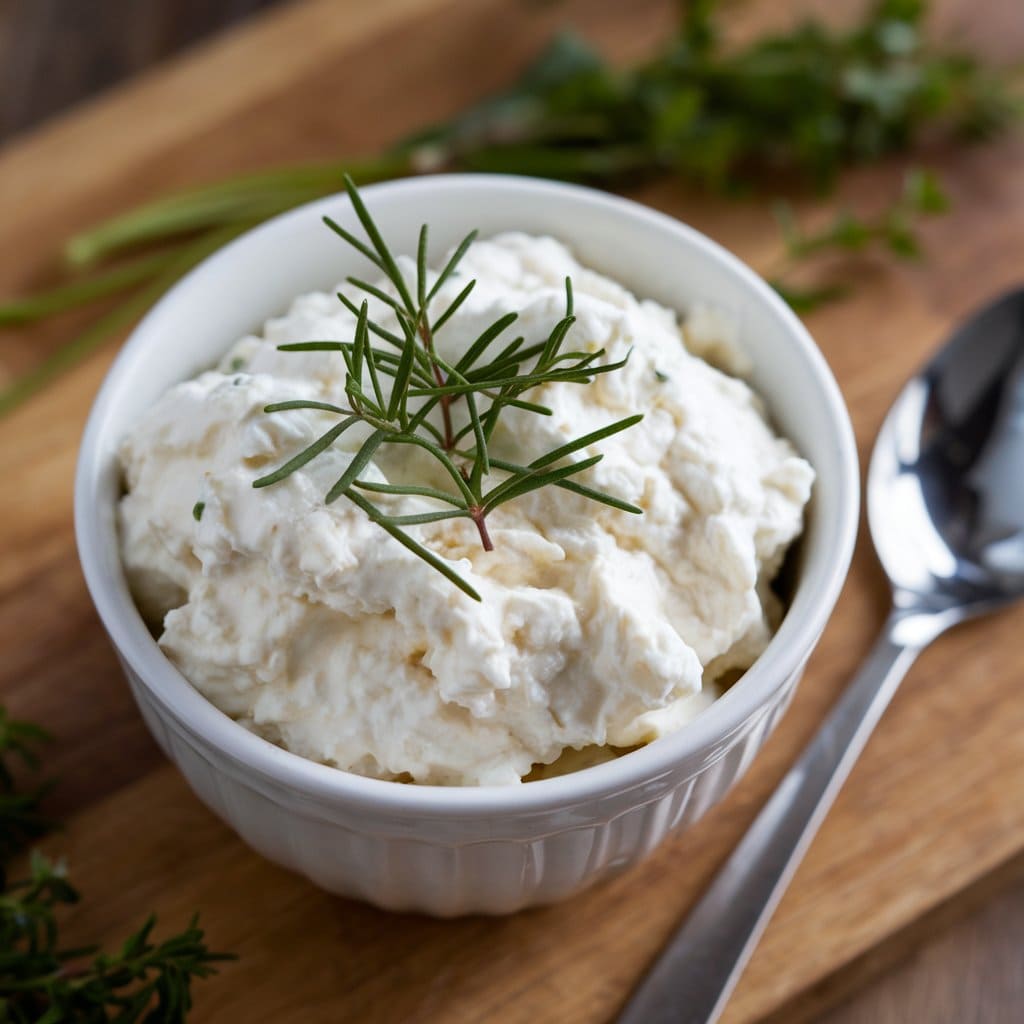This homemade cottage cheese recipe provides a simple, fresh, and nutritious way to enjoy cottage cheese. Made with just milk, vinegar, and a pinch of salt, it is free from additives and preservatives. It’s a delicious, high-protein option for breakfast, snacks, or as a versatile ingredient in your favorite dishes.
When was the last time you made cheese at home? If you haven’t tried, this Cottage Cheese Homemade recipe will take you by surprise. Cottage cheese, or “curds and whey,” is a soft cheese known for its light texture and slightly tangy taste. Popular as a topping, snack, or side, it’s also incredibly nutritious and a protein-rich ingredient that can complement many dishes.

Table of Contents
Why You’ll Love This Recipe
- Simple Ingredients: Uses only milk and vinegar, with options for added flavor.
- Customizable Texture: Adjust drainage time to create a drier or creamier cottage cheese.
- Healthy and Fresh: Free from additives and preservatives, unlike store-bought versions.
- High Protein, Low Calorie: Great for adding protein to any diet plan.
- Budget-Friendly: Affordable and quick to make at home.
Ingredients and Substitutions
- Whole Milk: The higher fat content creates a creamier cottage cheese, but you can substitute it with 2% or even 1% milk for a lighter version.
- Vinegar: Acts as an acid to curdle the milk. You can use lemon juice as an alternative, which adds a milder tang.
- Salt and Seasonings are essential for taste. To add variety, experiment with herbs or spices like dill, chives, or black pepper.
Nutrition Information (per serving)
- Serving Size: ¼ cup
- Calories: 90
- Sugar: 1g
- Sodium: 120mg
- Fat: 4g
- Saturated Fat: 2g
- Unsaturated Fat: 1g
- Trans Fat: 0g
- Carbohydrates: 2g
- Fiber: 0g
- Protein: 10g
- Cholesterol: 15mg
Ingredients:
- 1 gallon of whole milk
- ½ cup white vinegar
- Salt (to taste)
- Optional: Fresh herbs, pepper, or garlic for extra flavor
How to Make Cottage Cheese Homemade (Step-by-Step)
- Begin with Quality Milk: Start with good-quality milk for the best flavor. Organic or local milk can often yield richer results.
- Heat Carefully: Slowly bring milk to 190°F. Avoid letting it boil, as boiling can affect the texture of the curds.
- Curdling Magic: Slowly stir in the vinegar. You’ll see curds form almost immediately. It’s important not to stir too much once curdling starts.
- Drain Properly: Let the curds drain quickly for a creamier cottage cheese block. For a drier cheese, allow a longer draining period.
- Customize to Taste: If you prefer a richer texture, add salt, herbs, or even a touch of cream.
Expert Tips for Success
- Avoid Skim Milk: Lower-fat milk can yield drier, less flavorful cheese.
- Control Temperature: Use a food thermometer to ensure milk doesn’t overheat, as this can make curds tough.
- Gentle Stirring: Over-stirring can break the curds too much, leading to a grainy texture.
- Rinse for a Milder Taste: Rinsing the curds helps eliminate the vinegar flavor, leaving a clean taste.

Variations and Customizations
- Herbed Cottage Cheese: Stir in fresh chopped herbs like parsley or basil for a fragrant twist.
- Lemon-Curdled Cottage Cheese: Substitute lemon juice for vinegar for a lighter, citrusy flavor.
- Creamy Cottage Cheese: Add a spoonful of cream after draining for an extra rich and creamy texture.
Storage and Reheating Instructions
- Storage: Store in an airtight container in the fridge for up to 4 days.
- Freezing: Cottage cheese is best fresh, but you can freeze it for up to a month. Thaw in the refrigerator and stir well before serving.
- Reheating: Cottage cheese is usually enjoyed cold, but if you’d like it warm, gently heat in the microwave or on the stovetop.
Serving Suggestions
- Breakfast Boost: Pair with fruit, honey, and granola for a nutritious start to the day.
- Spread on Toast: Add fresh tomatoes, cucumbers, and a sprinkle of salt for a quick, savory snack.
- Stuffed Peppers: For a healthy appetizer, fill stuffed peppers with bell peppers, herbs, and breadcrumbs.
Frequently Asked Questions (FAQs)
Can I make cottage cheese with plant-based milk?
You can make a plant-based version with soy or almond milk, but the texture and taste may differ from dairy-based cottage cheese.
What if my curds are too small?
Over-stirring during the curdling process can lead to smaller curds. Try stirring less next time to maintain larger curd formations.
Is it possible to make this recipe lactose-free?
You can use lactose-free milk, though results may vary based on the brand and type of milk used.
Related Recipes
- Homemade Ricotta Cheese: For a creamier, smoother cheese, it is perfect for pasta dishes.
- Greek Yogurt from Scratch: Tangy, creamy, and packed with probiotics, great for breakfast or cooking.
- Paneer: An Indian-style cheese that holds its shape well and is delicious in curries.
Conclusion
This Homemade Cottage Cheese recipe gives you fresh, creamy cottage cheese without the additives in store-bought options. Not only is it satisfying to make, but it also adds a nutritious boost to many dishes. Enjoy it on toast, mix it with fruit, or use it as a base for savory dishes. Try this simple recipe today and enjoy the rich taste of homemade cottage cheese!
Protein-Packed Smoothie Bowl: A Wholesome Power Breakfast

Cottage Cheese Homemade
Ingredients
- 1 gallon of whole milk
- ½ cup white vinegar
- Salt (to taste)
- Fresh herbs, pepper, or garlic for extra flavor Optional
Instructions
- Heat the Milk: Pour milk into a large saucepan and heat over medium heat until it reaches around 190°F. Stir occasionally to prevent sticking.
- Add Vinegar: Turn off the heat, then slowly add vinegar, stirring gently. The milk will start to curdle, forming curds and separating from the whey.
- Drain the Curds: Pour the mixture through a cheesecloth-lined colander. Let it sit for a few minutes to drain the whey, depending on the texture you prefer.
- Rinse and Season: Rinse the curds gently under cool water to remove any vinegar flavor. Sprinkle in salt or any seasonings you like.
- Serve or Store: Enjoy fresh or store in an airtight container in the refrigerator for up to 4 days.

